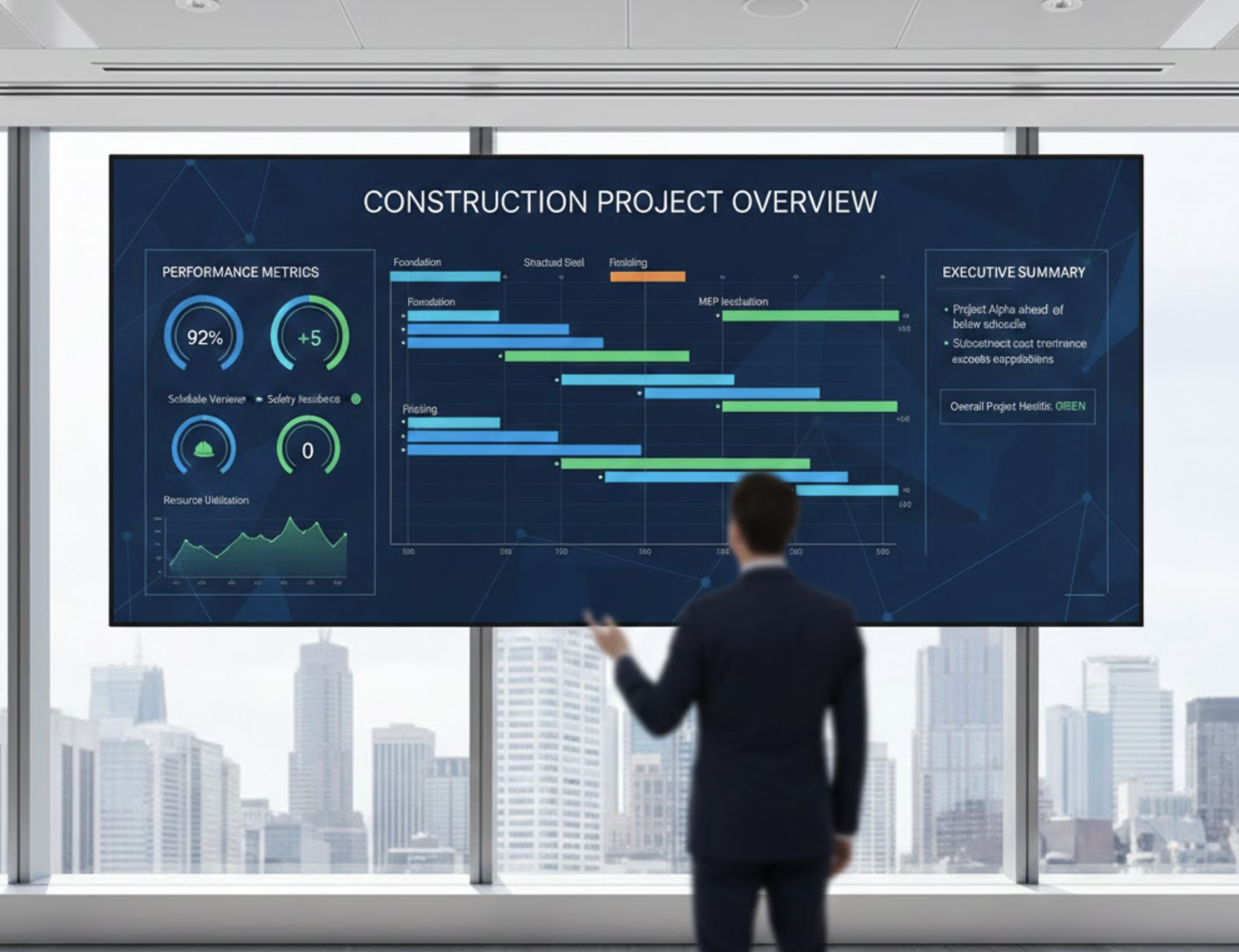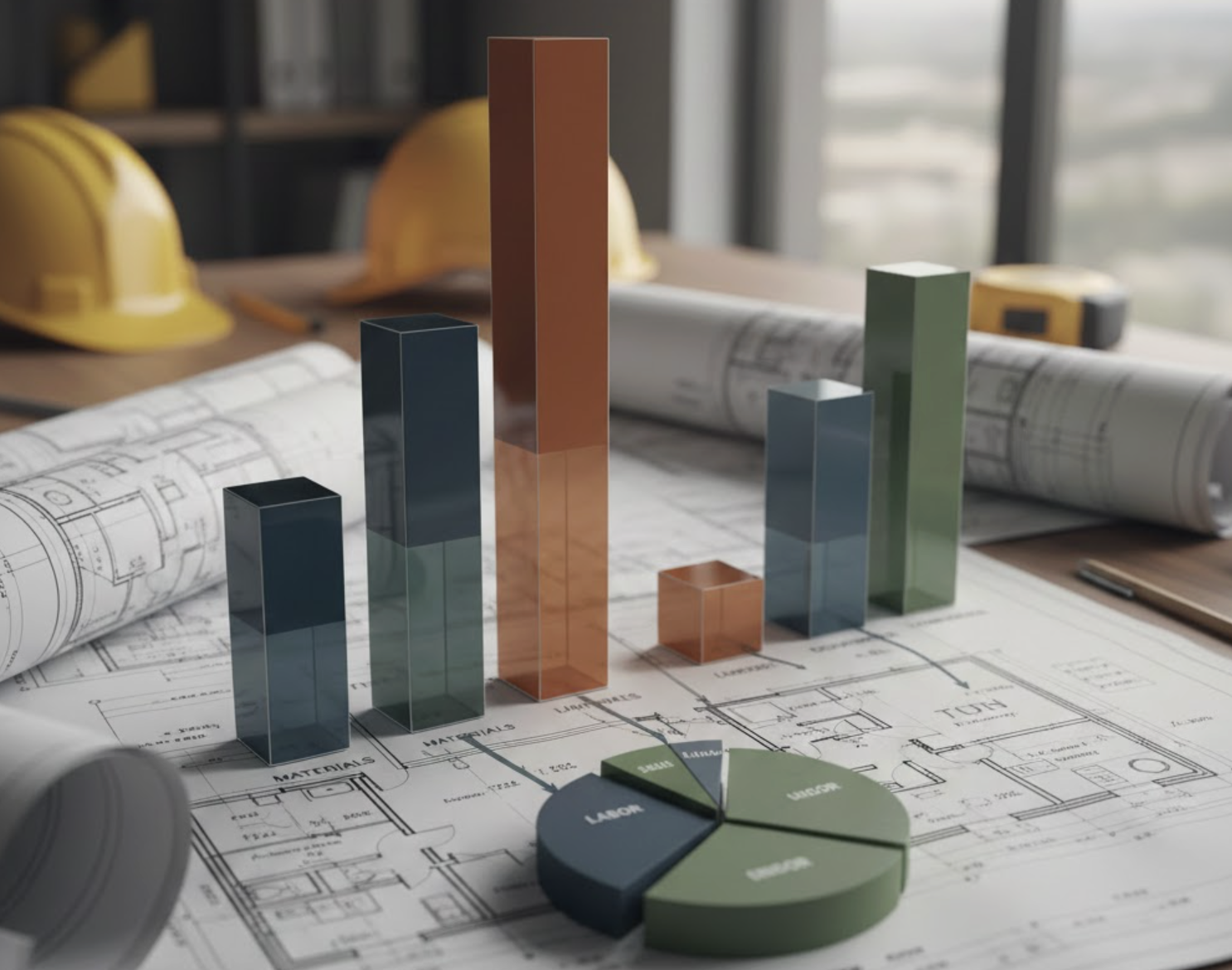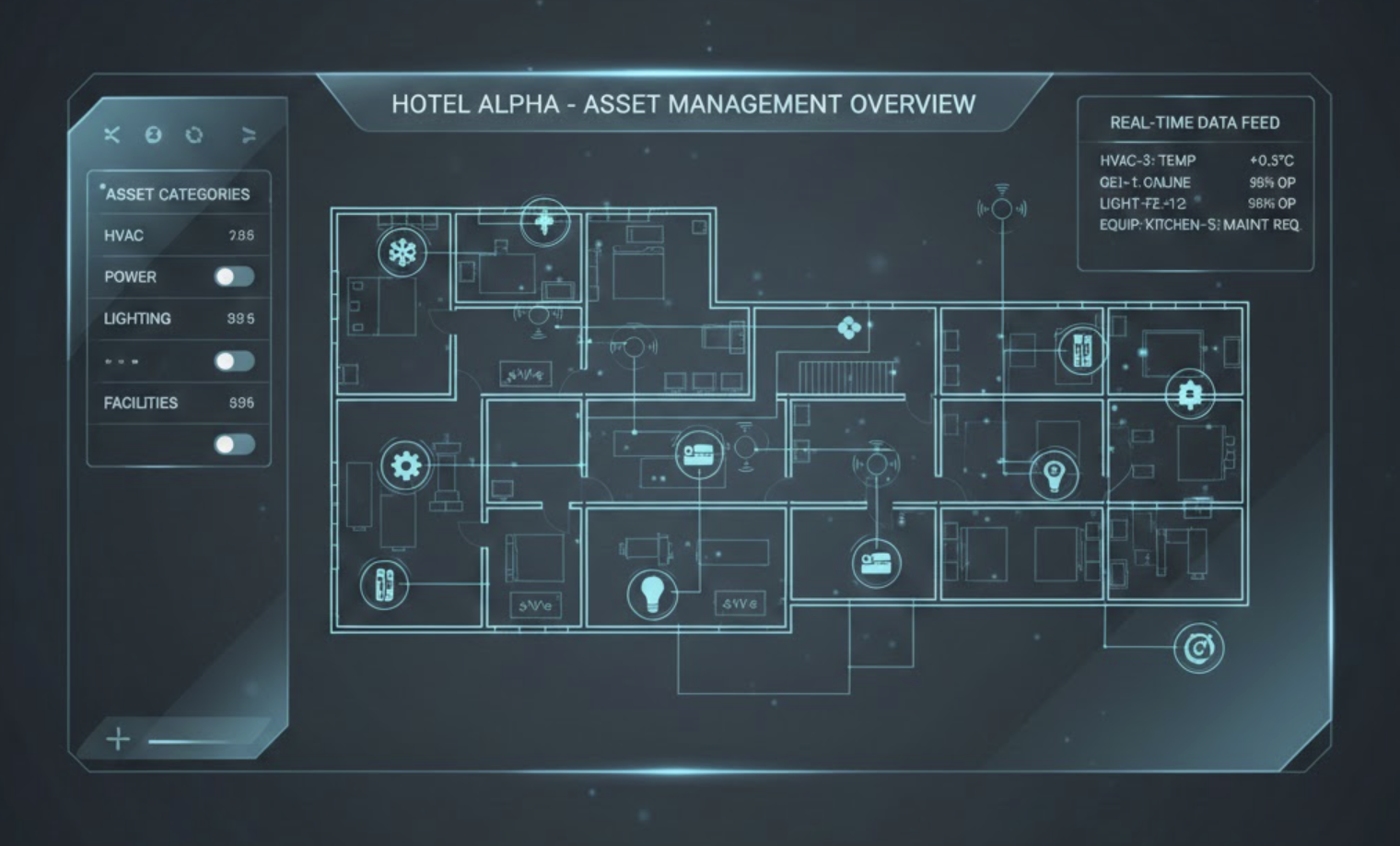Photo Documentation Best Practices for Middle East Job Sites
Photo documentation is crucial for construction projects, especially in the Middle East, where large-scale and complex projects are common. This article explores the importance of photo documentation, best practices for effective implementation, and how Zepth’s construction management tools can assist in this process.
Importance of Photo Documentation
Effective photo documentation serves as a foundation for successful project management in the construction sector. Here are some key reasons why it is essential:
- Project Progress Tracking: Photo documentation helps in tracking project progress, documenting changes, and ensuring safety on job sites. It allows project managers and stakeholders to monitor advancements and react promptly to any discrepancies.
- Dispute Resolution: Inadequate project documentation is a common cause of disputes, with 70% of construction disputes stemming from this issue. Comprehensive photo records serve as strong evidence in case of disputes, providing a transparent and detailed account of project progress.
- Quality Assurance and Standards: Standardized photo documentation helps maintain quality expectations with real-time visuals, reducing the need for frequent site inspections and enhancing transparency.
- Safety and Compliance: Photo documentation is vital for monitoring safety measures and ensuring adherence to regional regulations, which is increasingly important in the Middle East’s stringent construction environment.
Best Practices for Effective Photo Documentation
Routine Documentation
Taking photos on a set schedule (daily, weekly, or at each site visit) ensures consistent progress tracking. Document key project milestones such as preconstruction surveys, foundation work, structural framing, MEP system installations, and final punch lists. Such routine documentation acts as a reliable reference throughout the project lifecycle.
Consistency and Context
Capture photos at regular intervals and from consistent angles to maintain a cohesive visual record of progress. Use both wide shots for context and close-ups for details to create a complete visual record. It is also important to document structural features and building systems before they are enclosed, including before, during, and after shots for critical tasks.
Equipment and Methods
Utilizing high-resolution cameras, including 360-degree cameras and drones, provides comprehensive site views. Aerial images can reveal potential issues not visible from ground level, which is particularly beneficial in large-scale projects. Given the harsh climate conditions of the Middle East, using equipment specifically designed to withstand extreme temperatures and dust is highly recommended.
Organizing Photo Data
Create a clear, hierarchical folder structure (e.g., “Project/Site/Date/Milestone”) for easy retrieval. Using metadata tagging with date, time, location, description, trade, and responsible person enhances searchability. Implementing standard naming conventions for files and folders ensures that all project stakeholders can easily access the required information.
Use of Technology and Tools
Integrating construction project management software, such as Zepth’s tools, can significantly enhance the photo documentation process. These platforms support media uploads, direct linking to plans, and centralized management of visual data, helping teams stay on track and maintain consistency. In addition to typical photo documentation, utilizing drones and 360-degree cameras provides comprehensive site views and can uncover potential issues early, reducing rework costs and improving project efficiency.
Benefits of Effective Photo Documentation
There are numerous advantages associated with a well-structured photo documentation system:
- Improved Communication: A structured photo documentation system serves as a universal language among all parties involved, minimizing miscommunications and setbacks.
- Cost Savings: Systematic photo capture can identify potential problems weeks earlier than traditional inspection methods, cutting rework costs by an average of 25% and leading to faster conflict resolution and better team coordination.
- Legal Protection: Comprehensive photo records can serve as crucial evidence in the case of disputes, protecting the interests of construction firms.
How Zepth Can Help
Zepth’s construction management tools are designed to streamline the photo documentation process, ensuring that projects in the Middle East are managed efficiently and transparently. Here’s how Zepth can assist:
- Centralized Management: With Zepth’s platform, teams can achieve centralized management of photo documentation, facilitating easy organization, retrieval, and sharing of visual data among all stakeholders.
- Standardized Documentation: Zepth’s tools support standardized documentation practices, ensuring consistency and quality in photo documentation.
- Integration with Other Tools: Zepth’s software integrates seamlessly with other construction management tools, enhancing the overall project efficiency by linking photos directly to plans and other relevant documents.
By leveraging Zepth’s tools, construction teams in the Middle East can ensure that their photo documentation is thorough, organized, and highly effective in supporting project success. To find out more about how Zepth can enhance your construction management practices, explore our range of document management solutions or request a demo today!




